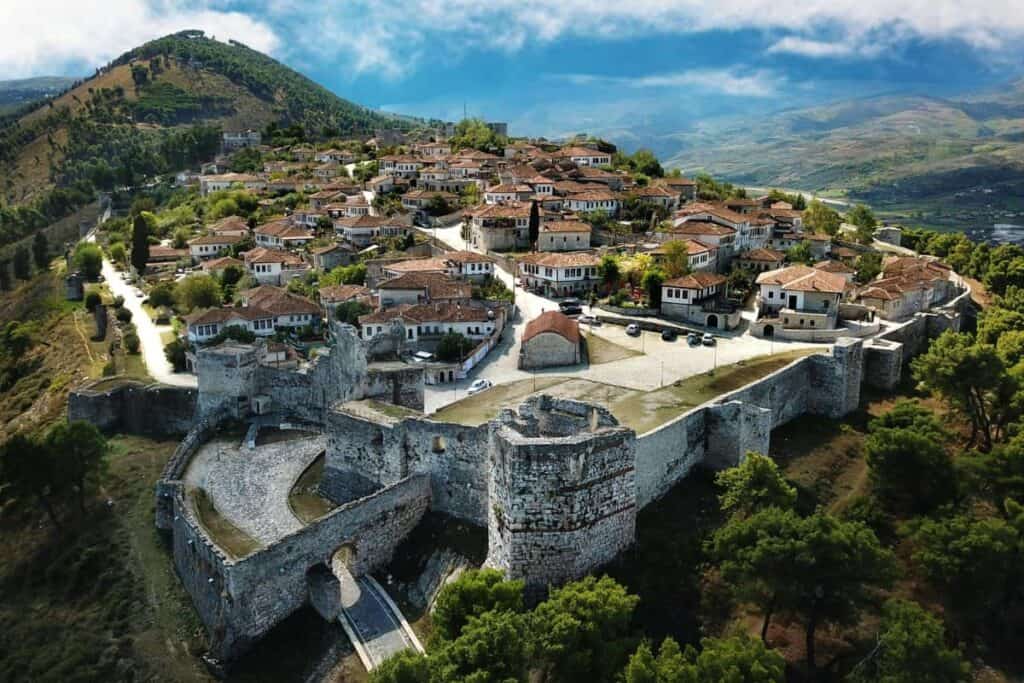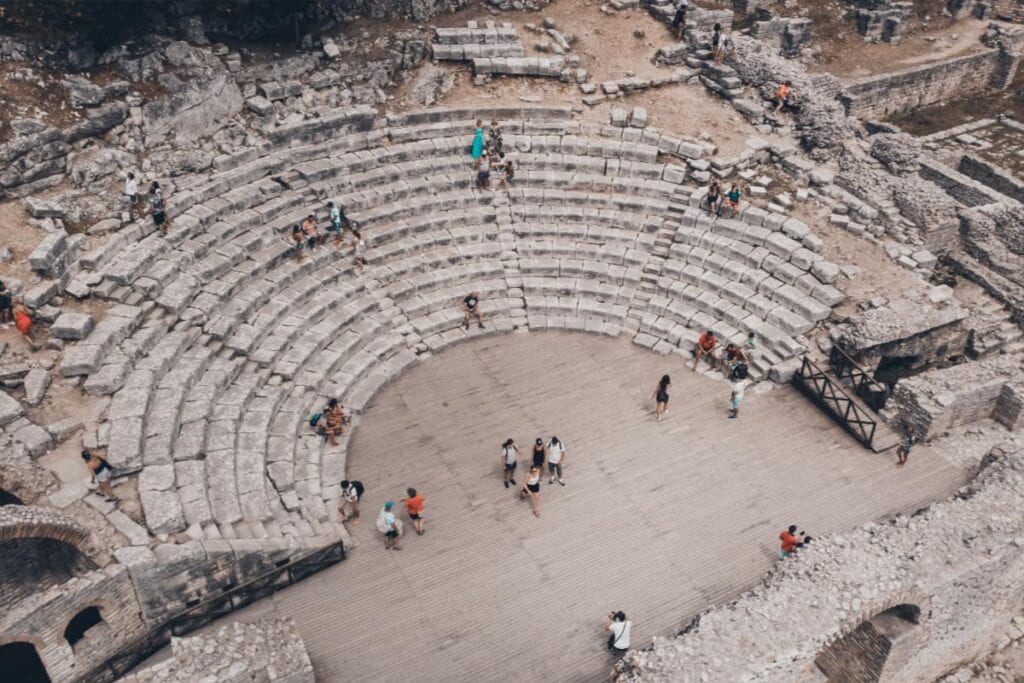Hidden in the rugged landscapes of northern Albania lies one of the country’s most fascinating cultural relics—the Kulla e Ngujimit, or “Tower of Refuge.” These stone towers, steeped in history and folklore, are more than just architectural wonders; they are symbols of Albania’s unique cultural heritage and its age-old code of honor, the Kanun. Visiting a Kulla e Ngujimit is an opportunity to step back in time and experience a profound aspect of Albanian history.
The Historical Significance of Kulla e Ngujimit
The Kulla e Ngujimit originated as a solution to the harsh realities of gjakmarrja (blood feuds), a practice governed by the Kanun—a traditional code of law dating back centuries. During disputes between families or clans, men targeted in these feuds would take refuge in the Kulla to protect their lives. These towers were built to ensure survival while negotiations for peace, or a truce, were conducted.
The Kanun, particularly in northern Albania, was a way of life that dictated everything from family roles to conflict resolution. The Kulla e Ngujimit represents the resilience and ingenuity of Albanians in upholding their values while navigating the challenges of life in a deeply patriarchal and honor-bound society.
Architectural Marvels of the Kulla
The Kulla e Ngujimit is not just a building; it is a fortress of endurance. Constructed from stone, these towers are designed to endure both time and conflict. Key architectural features include:
- Thick Stone Walls: To withstand sieges and attacks, the walls are built with impressive durability.
- Minimal Openings: Small, strategically placed windows or slits provided lookout points and limited access for attackers.
- Functional Interiors: The towers often housed basic necessities like a fireplace, sleeping quarters, and storage for food, as families could live in seclusion for months.
Each Kulla is a masterpiece of traditional Albanian craftsmanship, reflecting the resourcefulness of those who built them in the face of adversity.
Why Tourists Should Visit the Kulla e Ngujimit
Visiting the Kulla e Ngujimit offers more than just a look at ancient architecture—it provides a deeply enriching cultural and historical experience. Here’s why this should be on every traveler’s itinerary:
- Step Into History
The Kulla is a living museum of Albania’s past, where you can learn about the Kanun, blood feuds, and the enduring spirit of Albanian traditions. Walking inside its thick stone walls is like stepping back in time. - Unique Cultural Insight
Unlike other European destinations, the Kulla offers a unique glimpse into a society governed by honor codes and oral traditions. It’s a chance to see how Albanians navigated complex social and familial dynamics for centuries. - Explore Breathtaking Landscapes
Most Kullas are located in the stunning mountainous regions of northern Albania, such as Theth and Valbona Valley, offering breathtaking natural beauty and opportunities for hiking and adventure. - Learn About Resilience and Honor
The story of the Kulla is the story of survival, resilience, and human ingenuity. It represents how people adapted to harsh conditions and found ways to protect their families while upholding traditions. - Support Local Communities
Many restored Kullas have been turned into cultural sites, offering guided tours by locals. Visiting these towers helps preserve their legacy and provides much-needed support for rural communities.
How to Visit a Kulla e Ngujimit
Some of the most well-known Kullas open to visitors include:
- The Kulla in Theth: Located in the heart of the Theth National Park, this restored tower is a must-see for those exploring the Albanian Alps. It offers guided tours where you can learn about its history and the people who sought refuge there.
- The Kullas of Valbona: Situated in one of the most picturesque valleys in Albania, these towers are surrounded by natural beauty and rich cultural heritage.
- Shkodra Region: A gateway to northern Albania, Shkodra also offers access to several Kullas and other historical landmarks.
Practical Tips for Visitors
- Plan Ahead: Guided tours often provide the best experience, as they include stories and legends associated with the towers.
- Combine with Nature: Many Kullas are located near hiking trails, making it easy to pair your visit with outdoor adventures.
- Respect the Culture: Learn about the Kanun and the historical context of the Kulla to fully appreciate its significance.
Conclusion
The Kulla e Ngujimit is more than just a historic building; it’s a testament to Albania’s resilience, creativity, and unique cultural identity. For travelers seeking an experience off the beaten path, a visit to these ancient towers is an unforgettable journey into the heart of Albanian tradition. Whether you’re a history buff, architecture enthusiast, or nature lover, the Kulla e Ngujimit promises to leave a lasting impression and a deeper appreciation for Albania’s rich heritage.
So, next time you’re in Albania, make sure to explore these fascinating towers of refuge. They tell a story that transcends stone walls—one of honor, survival, and the enduring spirit of the Albanian people.


